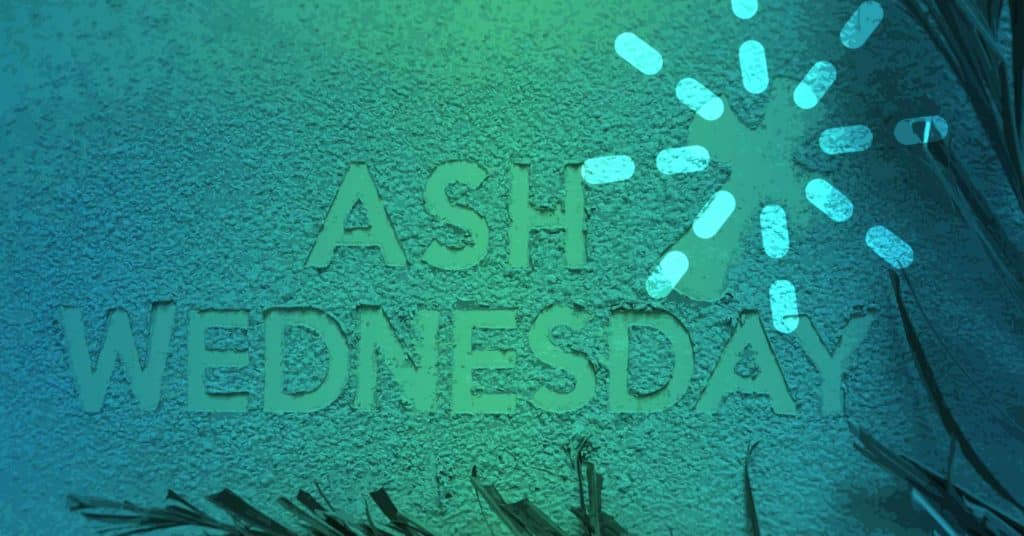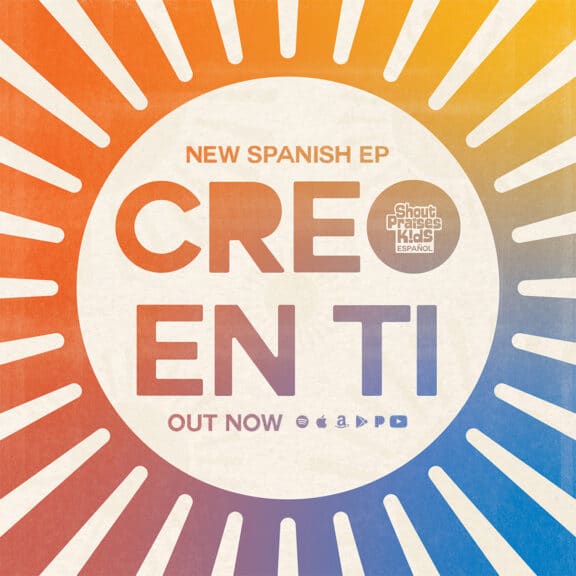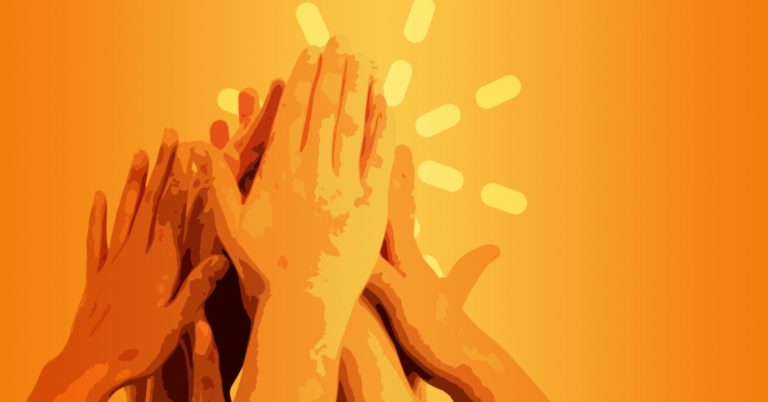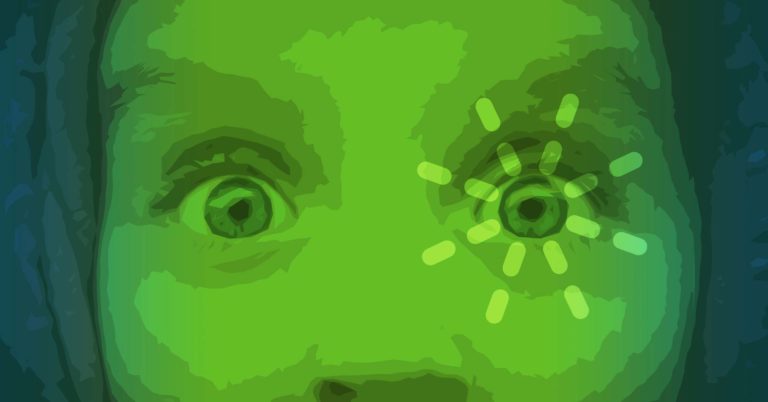Most families who are not involved in “high churches” (like Catholic or Episcopal churches) don’t know what Ash Wednesday is, much less celebrate it.
But it’s a tradition with a worthwhile heart, and there is a growing interest today in learning about ancient rites.
Ash Wednesday is traditionally the day when the Easter season begins. It is set at 46 days before Easter.
The idea of Ash Wednesday—and, indeed, of all of Lent (the span between Ash Wednesday and Easter)—is to prepare our hearts for the crucifixion and resurrection.
We are to remember our humanness and our mortality and even our sin.
Think of Ash Wednesday as something like what many churches do on Good Friday services. We contemplate with somber reflection our desperate need for what Christ did on the cross and beyond, so that Easter springs upon us with great joy.
We are to remember our humanness and our mortality and even our sin.
Some churches put purple cloth over the cross or any other symbols of faith and keep them there until Easter, when the cloth is dramatically pulled away, revealing Jesus to our eyes, in imitation of when the risen Christ appeared to those who loved Him.
What Is the History of Ash Wednesday?
From the beginning of biblical history, when people were in deep emotional sorrow, they put on sackcloth and ashes.
When Job lost his family and wealth in a day, he did this. When Jonah’s preaching caused the people of Nineveh to realize their great sin, they did this.
What is a more fitting symbol for feelings of intense humility and hopelessness than a powdery pile of ash?
The early church put ashes on their faces to demonstrate their sorrow over their sins, often in the lead-up to Easter.
By the 500s, we find written record of Christians marking themselves with ash during Lent to express their awareness that mankind was made from the dust of the ground … and to the dust he will return.
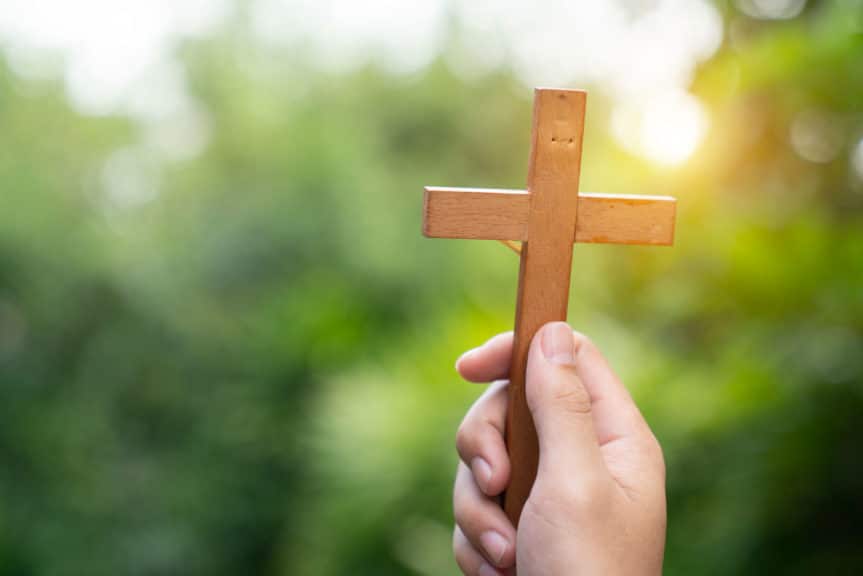
In 1091, the practice of distributing ashes on the Wednesday that begins Lent became universal throughout the Catholic Church.
In the 1970s, a spiritual renewal in the West brought about a new interest in such things from people outside the Catholic church. Believers sought ways to connect spirituality to the physical body, and the act of wearing on their foreheads a smudge of ash in the shape of the cross appealed to many.
How Is Ash Wednesday Practiced Today?
Over the centuries, several practices have been joined to the rite. One is that the ash is composed of what remains after burning the palm fronds from the previous year’s Palm Sunday celebration.
Often, the ash is mixed with oil so that, when the priest puts the mark of the cross on the believer’s forehead, the ash is sure to stay visible for the whole day.
Another practice is the idea of “giving something up for Lent.” People might fast from television or chocolate or something else to have a daily reminder to concentrate on their sins and the sacrifice of Jesus.
High church traditions have strict rules for what can and cannot be eaten (and when) during Lent.
Because Ash Wednesday began the period of time when eggs and fats were forbidden, the tradition grew up that the Tuesday before should be “pancake day.”

Families would have a pancake party—complete with a pancake bell—to have a last day of celebration (and use up their eggs and fats) before the somberness of Lent began.
One delightful tradition is the pancake day race, performed in Olney, England and other places. Local wives don aprons and put pancake batter in hot skillets.
They then race down the street, cooking and flipping their pancakes (at least three flips). The winner is the first to reach the end with a cooked pancake. (Awesome photo here.)
It is appropriate for all of us to be mindful not only of the sadness that made the cross necessary but also of the everlasting joy that is ours because of the resurrection we celebrate on Easter morning.
Ash Wednesday for Kids
While the high church practice of Ash Wednesday may or may not be something you wish to have your kids participate in, the idea behind it is worthwhile.
Our culture doesn’t believe “regular people” even have sin, so the idea of being sad and mindful of our fallenness is foreign and distasteful to them. The concept of sin has fallen out of favor in many churches as well.
It’s become more popular in some sectors to speak of God’s love for us and to leave out any mention of why Jesus had to die on the cross in the first place.
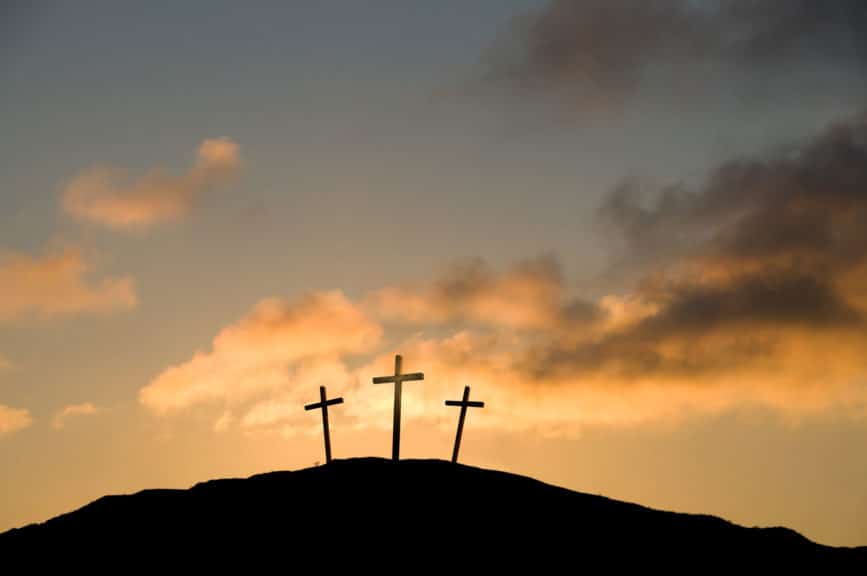
It is entirely appropriate, then, to lead kids in an exercise that reminds them that, had it not been for Jesus’s work on the cross, we would all still stand guilty and condemned before God.
Not to make them feel like dirt (or ash), but to cause them to worship the Lord for His justification, which is purely a gift by His grace (Romans 3:24).
Ash Wednesday Activities
It’s hard for adults to put on a sad face for 46 days, and it would be unrealistic to ask kids to do so. But turning their hearts toward Good Friday and Easter now could spur questions and plant seeds of worship to be harvested in the spring.
Consider doing one or more of these activities to help kids turn their eyes to the cross and the empty tomb.
1. Create an Easter Advent Calendar or Chain
One way to keep kids’ minds on Good Friday and Easter is to bring them back to a daily calendar or tear-away countdown chain.
Every day, perhaps beginning on Ash Wednesday (February 26), have kids open, color, or tear away the day’s item, and say a prayer for someone in need or lead them in a prayer of gratitude and worship to Jesus for taking away our sins.
2. Give up Something as a Family
Nothing sobers the mind like having to go without something you’d prefer to have or enjoy. Maybe you all could abstain from movies or desserts or social media for a time. The purpose of fasting (whether it’s a fast from food or something else) is to focus the mind on God.
Every impulse to go enjoy that thing is a reminder to pray instead. Jesus fasted 40 days before His temptation in the wilderness, and the lead-up to Good Friday and Easter is a good time to find a way to be reminded to think about His sacrifice and victory.
3. Memorize Romans 3:23–24 Together
This one passage captures the essence of Christianity and is a perfect Scripture to commit to memory in the days leading up to Good Friday and Easter. The passage has two parts: our need for forgiveness (v. 23) and Christ’s incredible gift of forgiveness (v. 24).
Good Friday (the “bad news”) is where we can focus our prayers regarding the first part, and Easter (the “good news”) is where we can focus our celebration of gratitude regarding the second part.
4. Read Easter Books or Watch Easter Videos
Go to the library or bookstore and find several Easter storybooks. Read them every evening as Easter approaches.
Also, a simple Google search (like this one) will send you to hundreds of free or for-pay videos to watch and discuss. Watch one every day in the lead-up to Easter.
5. Create “A Sense of the Resurrection”
This $9.99 book illustrates how to show kids what the death and resurrection of Jesus might’ve been like through the lens of the five senses.
6. Make Empty Tomb Crafts
A search on Pinterest (like this one) will give you scores of ideas for simple crafts you can make with your kids that tie into the week of the crucifixion and resurrection.
7. Burn Sin Cards
Have kids write some sin or thing they’re sorry they did on an index card. Talk to them about how we all do things that make God sad. These are the things that Jesus had to die on the cross because of.
But on the cross, Jesus took them all away. Then start a controlled fire and have them toss the card into the fire, where it will be burned up.
Explain that what Jesus did on the cross is what we think about on Good Friday, and the good feeling we have when we know our sins are burned away is the feeling we celebrate on Easter, when Jesus rose from the dead.
8. Bury the Halleluiah
In some Christian traditions, people don’t say the word Halleluiah (which is a happy word to praise God) until the day of Easter. The idea is to bottle up all our exuberance and then let it out on Easter Sunday morning in an eruption of praise.
A way to come at this with kids is to have them color a sheet with the word Halleluiah on it (or maybe create a collage with all kinds of happy praises to God) and then take the sheet out somewhere and bury it.
Mark the spot, and on Easter morning, when we celebrate Jesus rising from the grave, dig it up and shout it together.
Conclusion
Ash Wednesday isn’t something most of us will celebrate this year.
We won’t go to mass or church and have a priest rub ash and oil on our foreheads in the shape of a cross, telling us that we are dust and to dust we will return. However, the impulse is something we can certainly embrace.
At Christmastime, we try to turn kids’ hearts from materialism to the true meaning of Christmas.
Likewise, at Easter, it is appropriate for all of us to be mindful not only of the sadness that made the cross necessary but also of the everlasting joy that is ours because of the resurrection we celebrate on Easter morning.
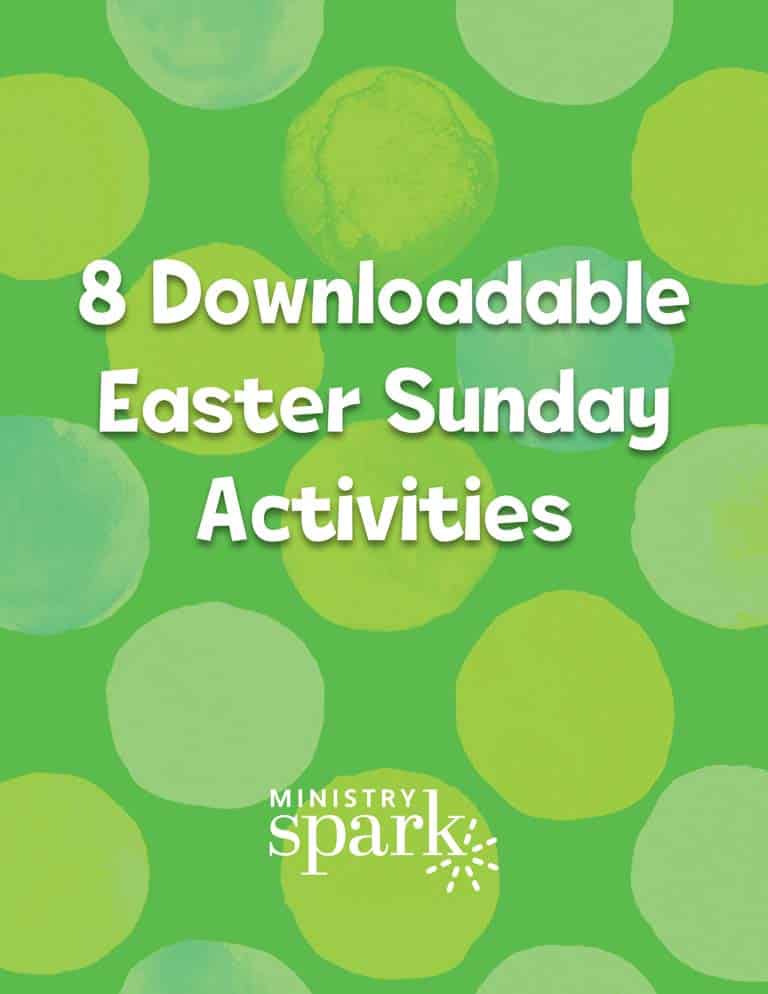
8 Downloadable Easter Sunday Activities

8 Downloadable Easter Sunday Activities


